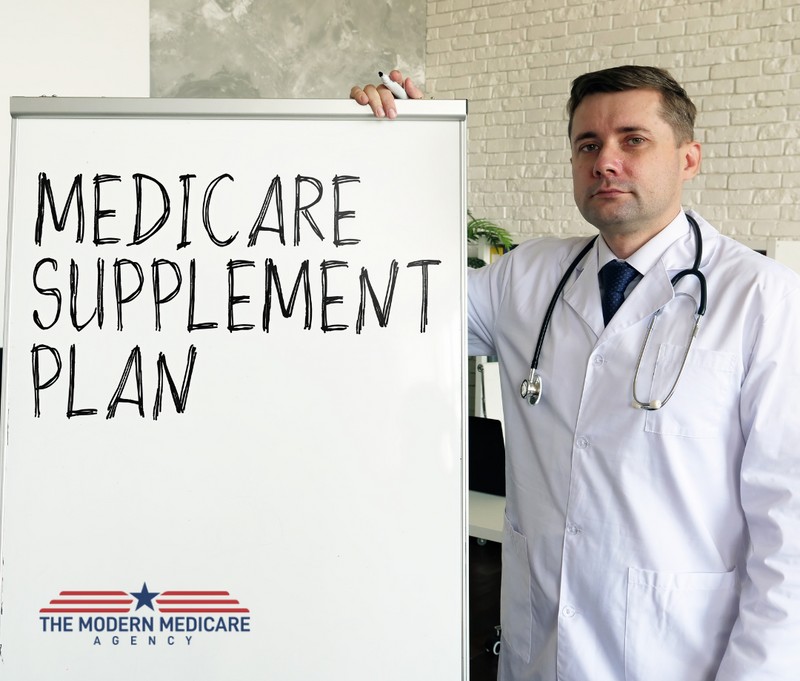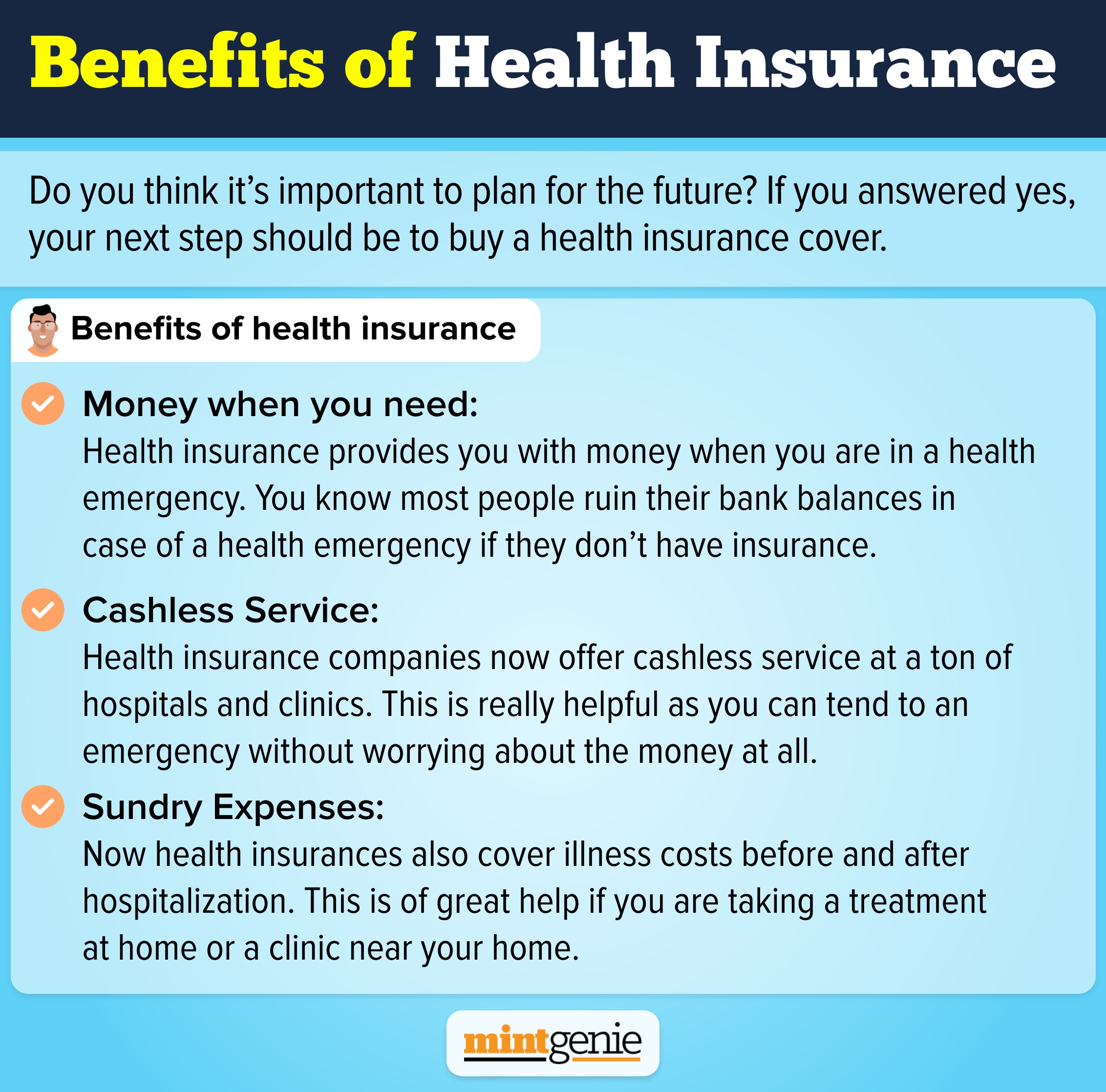Our Medicare Advantage Agent Diaries
Our Medicare Advantage Agent Diaries
Blog Article
Medicare Advantage Agent - The Facts
Table of ContentsThe Definitive Guide to Medicare Advantage AgentSome Known Details About Medicare Advantage Agent The Definitive Guide to Medicare Advantage Agent


follows from confusing the relatively young fairly profile of account uninsured with the better health, health and wellness average, of younger personsMore youthful For those without accessibility to workplace health and wellness insurance, bad wellness is a prospective obstacle to acquiring nongroup coverage because such coverage may be highly priced, exclude preexisting conditions, or be merely unavailable. Unless or else kept in mind, nationwide quotes of people without wellness insurance coverage and proportions of the populace with different kinds of protection are based on the CPS, the most commonly utilized source of price quotes of insurance policy coverage and uninsurance rates.

The 4-Minute Rule for Medicare Advantage Agent
The relationship in between wellness insurance and accessibility to care is well developed, as recorded later in this phase. The connection in between health insurance coverage and health outcomes is neither straight nor simple, an extensive scientific and wellness solutions study literature web links wellness insurance protection
to improved access accessibility care, better much betterTop quality and improved boosted individual population populace health and wellnessStanding The 2nd record, on personal wellness end results for uninsured adults, is stood for by the innermost circle of the number, while the third record, on family wellness, includes the subjects of the second report but highlights a various device of analysis, particularly, the family.
It concentrates especially on those without any kind of wellness insurance for any kind of size of time. The troubles faced by the underinsured are in some respects comparable to those encountered by the without insurance, although they are normally less severe. Uninsurance and underinsurance, however, entail noticeably different policy problems, and the methods for resolving them may differ. Throughout this study and the 5 reports to follow, the main emphasis gets on individuals without any health insurance policy and therefore no support in paying for healthcare past what is readily available through charity and safeguard organizations. Health insurance policy is an effective aspect affecting receipt of treatment because both patients and medical professionals reply to the out-of-pocket cost of services. Health and wellness insurance coverage, nevertheless, is neither necessary nor sufficient to get to medical services. However, the independent and direct result of wellness
insurance coverage on accessibility to health and wellness solutions is well established. Others will obtain the healthcare they need even without medical insurance, by paying for it expense or seeking it from companies who offer treatment cost-free or at extremely subsidized rates. For still others, medical insurance alone does not make certain receipt of care since of various other nonfinancial obstacles, such as an absence of health and wellness treatment providers in their area, minimal access to transportation, illiteracy, or linguistic and cultural distinctions. Official research concerning uninsured populaces in the USA dates to the late 1920s and early 1930s when the Board on the Cost of Healthcare generated a series of records about financing physician workplace sees and hospital stays. This issue became prominent as the varieties of medically indigent climbed during the Great Anxiety. Empirical researches continually sustain the link in between accessibility to care and boosted wellness end results(Bindman et al., 1995; Starfield, 1995 ). Having a normal source of care can be considered a predictor of access, internet as opposed to a straight step of it, when wellness outcomes are themselves used as accessibility signs. This expansion of the notion of gain access to dimension was made by the IOM Committee on Monitoring Gain Access To to Personal Healthcare Provider(Millman, 1993, p. Whether or not moms and dads are guaranteed appears to affect whether or not their youngsters receive care along with just how much careeven if the kids themselves have protection(Hanson, 1998). The wellness of parents can affect their capability to care for their children and the level of family tension. Fretting about their youngsters's access to care is itself a resource of stress for parents. Three chapters comply with in this record. Chapter 2 provides an introduction of just how employment-based medical insurance, public programs and my response individual insurance plan operate and interact to provide considerable but incomplete coverage of the U.S. populace. This includes a testimonial of historic fads and public plans affecting both public and personal insurance policy, a discussion of the interactions amongst the various sorts of insurance coverage, and an evaluation of why people relocate from one program to another or finish up

Report this page